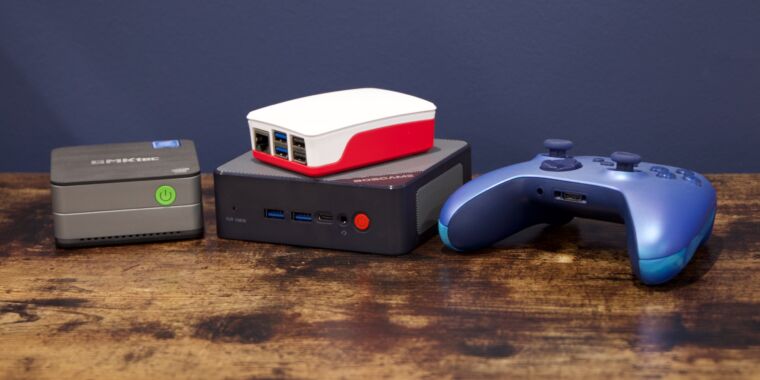Exploring the viability of the Raspberry Pi 5 as a desktop PC replacement, it becomes evident that while the device can handle basic tasks, its performance and the Linux Arm software ecosystem’s limitations present challenges. The cost of upgrading the Pi 5 with necessary enhancements, such as an 8GB board, cooling, case, and SSD storage, approaches that of budget desktop PCs, diminishing its value proposition.
The market offers a variety of sub-$200 mini desktop PCs from lesser-known brands, equipped with 8GB to 16GB of RAM, 256GB to 512GB of storage, a Windows 11 license, and Intel CPUs. These systems, despite their low cost and performance, represent a more flexible alternative to the Raspberry Pi 5 for desktop computing.
Intel’s budget processors, particularly the Intel Processor N100, have significantly improved, offering quad-core performance with efficient E-cores. These processors deliver performance comparable to Intel’s 6th-generation Core CPUs for basic computing tasks, outpacing older Pentium and Celeron models and the Raspberry Pi 5, while being more power-efficient and featuring a modern GPU architecture. This evolution suggests that inexpensive, generic mini PCs have become a more viable option for users seeking a budget-friendly desktop computing solution.
Read more at Ars Technica…
